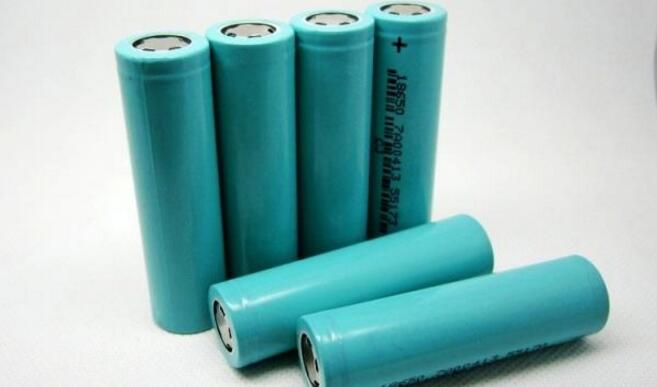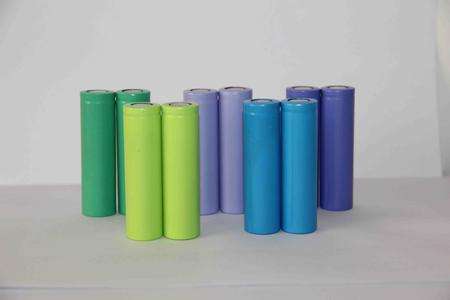Li-ion Battery for Solar Power-Cycle Life and Battery
Feb 19, 2020 Pageview:1802
When it comes to solar power, one needs to carefully choose the right battery for energy storage as the requirements in such an off-grid system are quite demanding. Lithium-ion batteries have always been preferred when manufacturing solar systems due to various reasons, and this context helps illuminate some of the properties that lithium-ion batteries, used in these systems, have.
How long do solar Li-ion batteries last?
The lifespan of lithium-ion batteries majorly depends on several variables or factors. The first would be user behavior, which affects how many charge cycles a specific cell can undergo depending on the frequency of use. Other variables include the configuration, capacity, and temperatures during storage. Most lithium-ion battery manufacturers claim that lithium-ion battery users should expect more than 1000 charge cycles out of them. Usually, one charging cycle equals to the discharging and recharging of a battery. Lithium-ion batteries also don’t experience voltage drops when its undergoing degradation, and they also self-discharge at a much lower rate as compared to other battery types.
With the regular usage conditions and frequency, lithium-ion batteries are believed to last about three years max before they are replaced. However, in storage systems such as the solar panels, the warranties for most of them are about 25 years. This proves that solar lithium-ion batteries provide a much larger lifespan when used in solar energy systems.
What is the best Li-ion battery for solar power?
Firstly, you should understand that lithium ions are not all made to be similar. The old batteries are cylindrical in shape, but for the large solar systems, experts prefer to use prismatic-shaped ones. Such changes affect the energy densities, charging periods and life cycle of the concerned cells. Lithium-ion batteries are the most commonly used batteries in storage technology around conventional electronics such as smartphones to high-end inventions such as electric vehicles. These batteries come in three forms and they include pouches, like in the smartphones, cylindrical-shaped such as in power tools, and prismatic, whose structure can be manipulated into various shapes.
The prismatic-shaped batteries tend to have corrugated sides that create air-gaps between cells; thus, aiding in cooling the batteries. For solar energy technology, these prismatic-shaped cells have had a more extensive application and especially lithium iron phosphate (LFP) cells. However, lithium batteries tend to be more expensive than lead-acid cells, and this may be because they need a battery management system that automatically monitors the voltage and temperature of each cell within the battery pack to prevent harmful overcharging and over-discharging. A battery management system is however, not critical for other battery technologies like lead-acid since its inverter or charge controller is capable of handling the battery charging regime.
If lithium-ion batteries are, however, sized correctly by manufacturers, they may be able to reduce the cost of such peripheral devices like charge controllers hence, lowering the value of its application or production. Also, lithium-ion batteries regularly provide more life cycles in their period of service unlike any other battery technology. This quality, therefore, makes them a suitable choice for applications that require the batteries to be cycled, providing vital services to the grid such as high energy voltage support. One of the most significant advantages of lithium-ion batteries concerning solar energy storage is their high charge as well as discharge efficiencies that allow them to take in more energy. They also tend to lose less capacity when left in an idle state which benefits solar installations that are only used occasionally.
Lithium iron Phosphate
These batteries have a much lower density as compared to various lithium-ion batteries types but are instructively incombustible. They are considered safer than the
Lithium-ion batteries can also be lighter and more self-contained as compared to lead-acid types. This makes them simpler to install or replace. They can also be wall-mounted as they are solid; thus, they don’t need maintenance. Also, lithium-ion batteries are capable of using organic and even inorganic cells. While the organic-based cells don’t have toxins, the inorganic ones are difficult to dispose of off to the environment.
Other than the initial cost, the additional limitation of lithium-ion batteries used in solar energy systems includes a low performance of the battery when exposed to freezing conditions. Also, when these batteries are operated in very high temperatures, they may be damaged.
What is the best deep cycle battery for solar?
There are two major types of deep cycle batteries, and they include lead-acid and lithium. Lead-acid batteries tend to have a lower upfront cost but when it comes to lithium batteries, a longer lifespan is what accurately differentiates them. However, when lead-acid batteries flood, they require high rates of maintenance but the more costly ones that remain sealed are usually maintenance-free. For off-grid systems such as solar energy systems, batteries serve as the primary source of storage. Deep cycle batteries of to store the power produced by solar panels because they can accommodate large amounts of energy. They also have many other alternative applications, not just solar systems, and they include industrial machines like a forklift, golf carts, and small electric vehicles.
Lithium batteries are the most suitable cells to be used as deep cycle batteries as they waste a very smaller amount of power when left idle or during the charge, discharge process. Lithium Phosphate can be cycled deeper than most lithium batteries; thus, using more of their capacity. This allows them to receive large amounts of energy or drained heavily without losing much power in the process. They also tend to hold more energy in solar systems due to their ability to use more of their capacity when put through intense cycles.
Final words
With the right battery, users can successfully install and make the most out of their solar energy systems and, thus, maintain consistent and sufficient power supply. Lithium-ion batteries are the revolutionary force driving the solar system projects on the globe and they are here to stay.
Leave Message
Hottest Categories
-
Hottest Industry News
-
Latest Industry News












